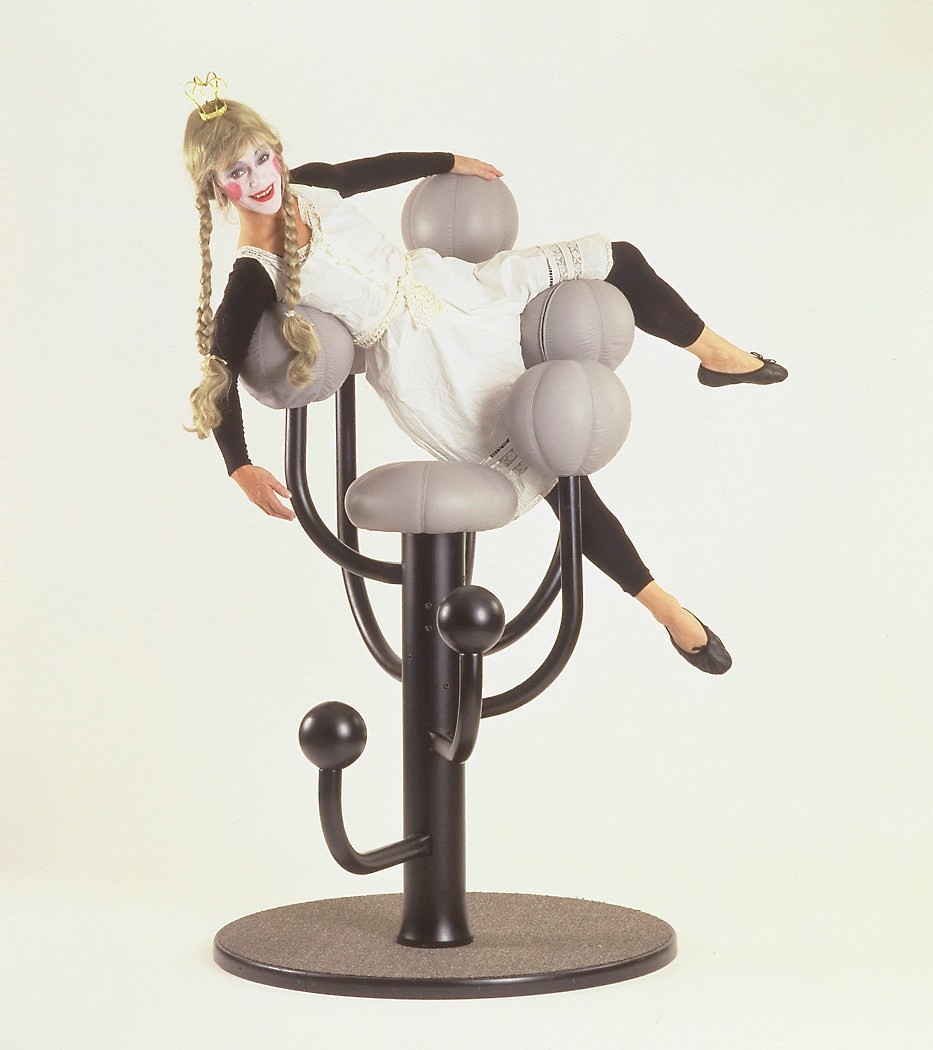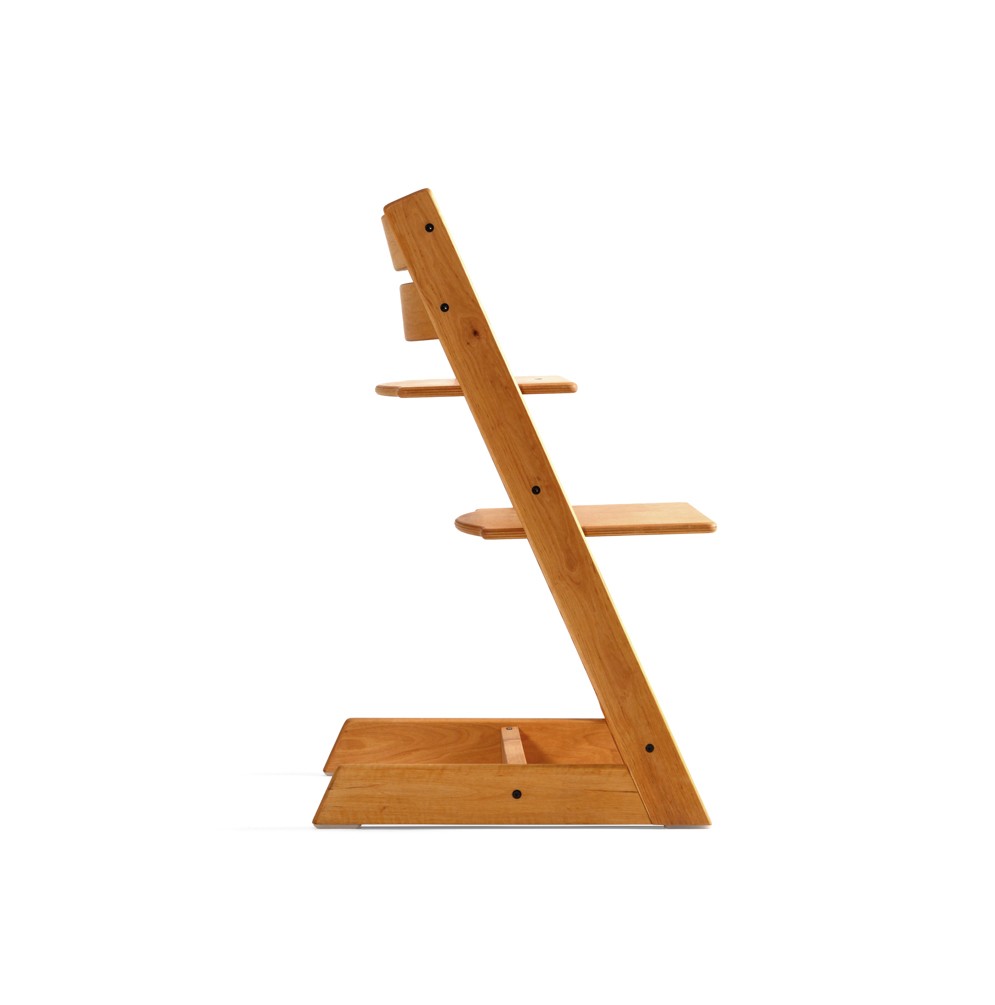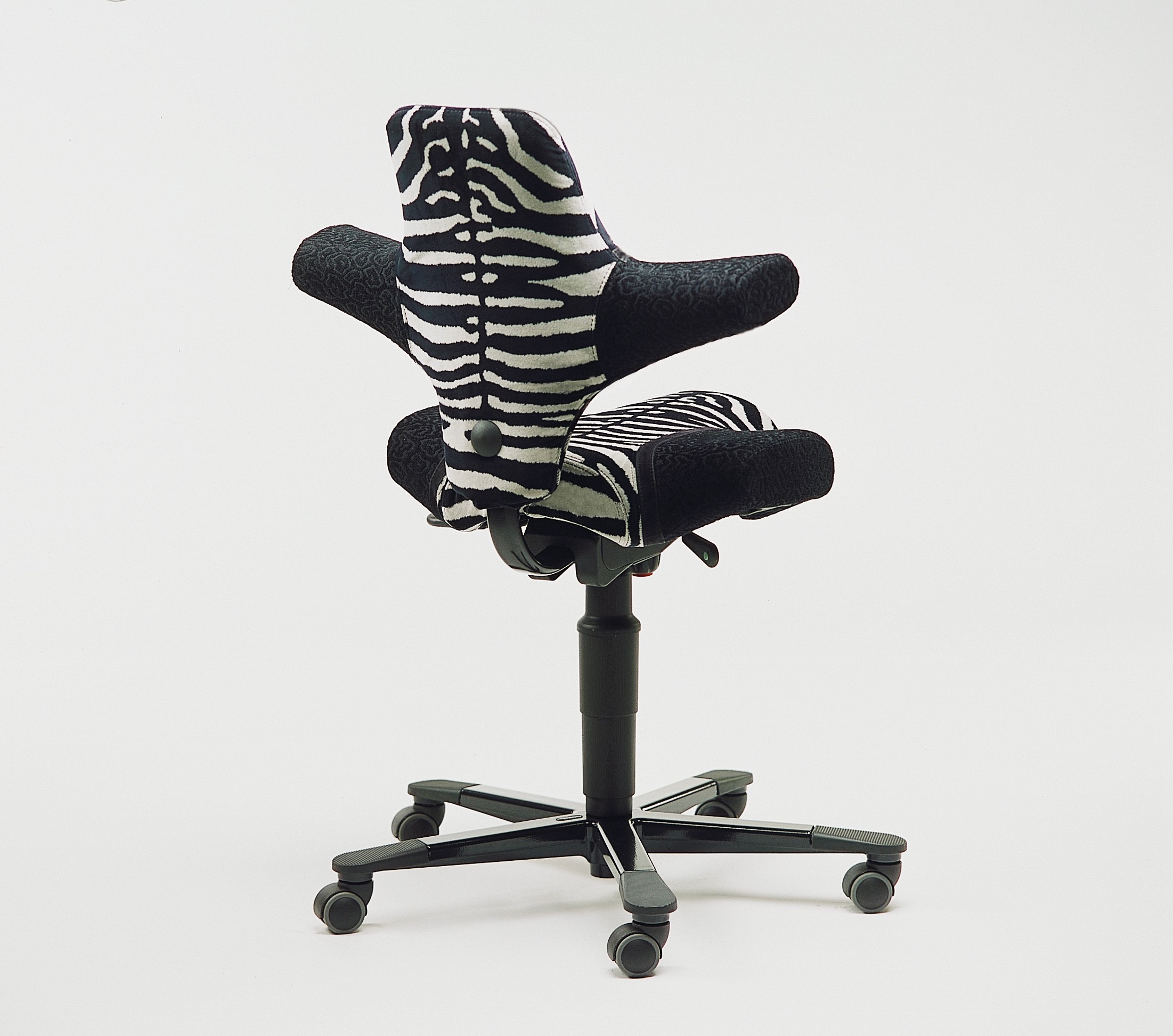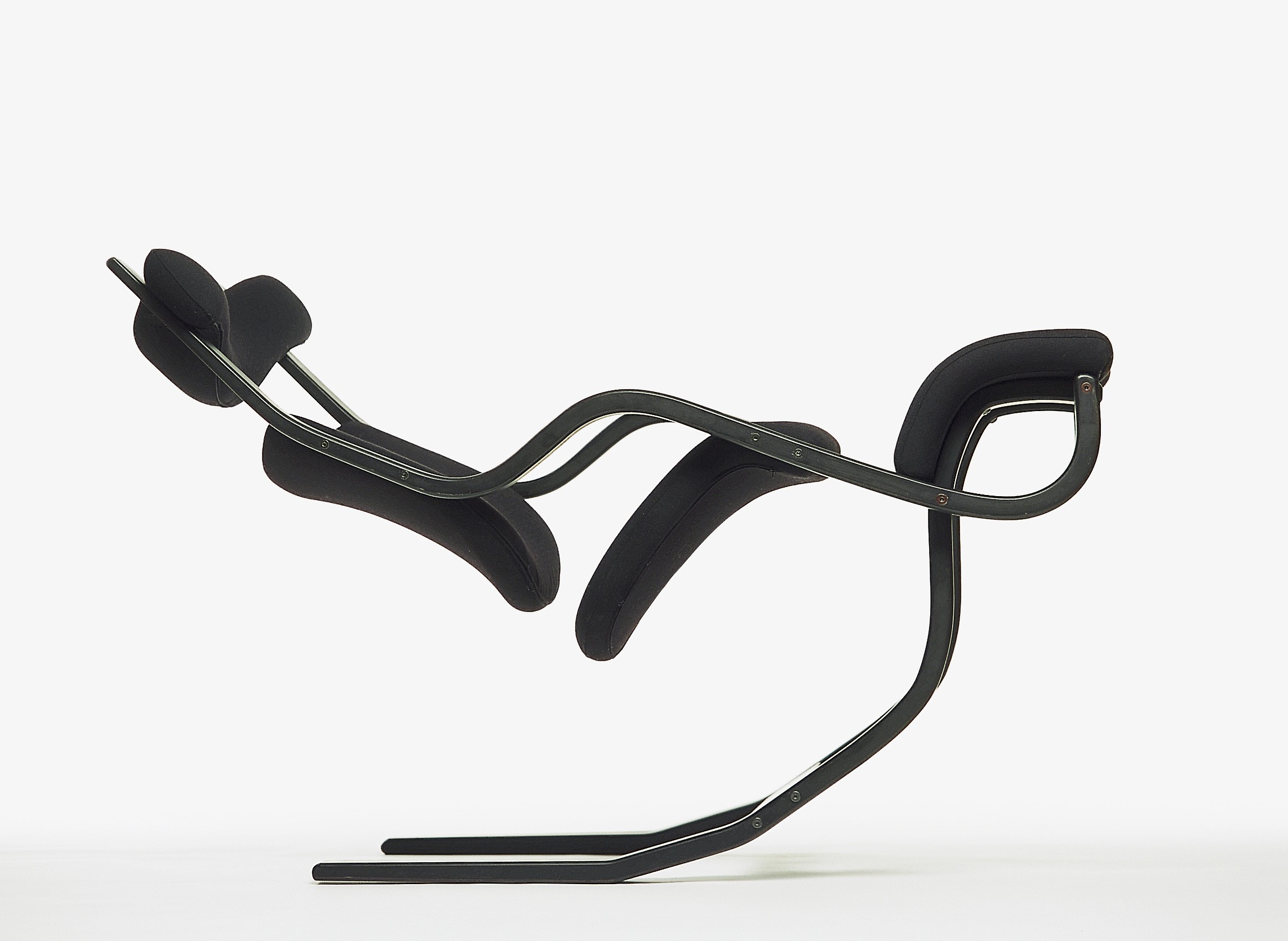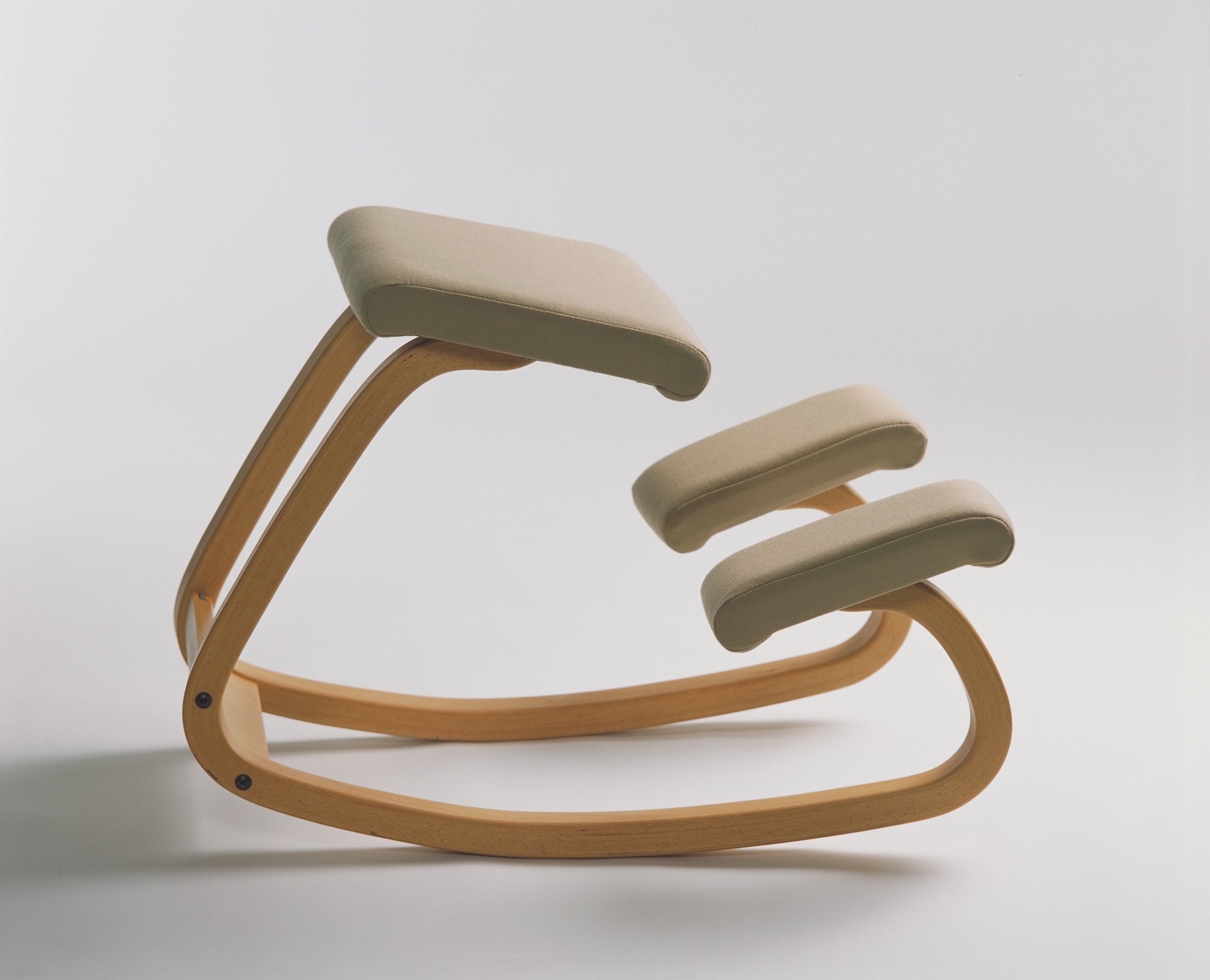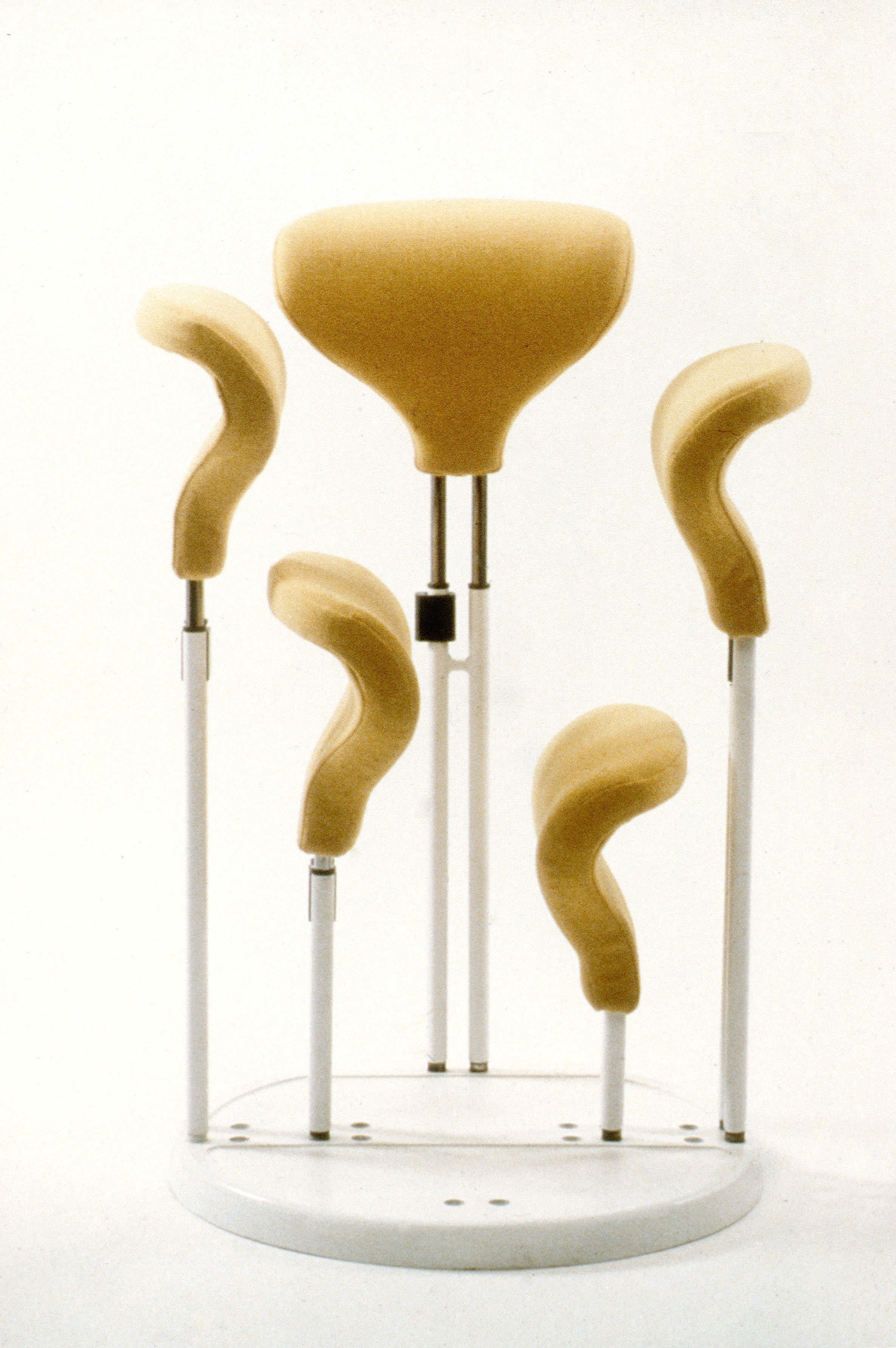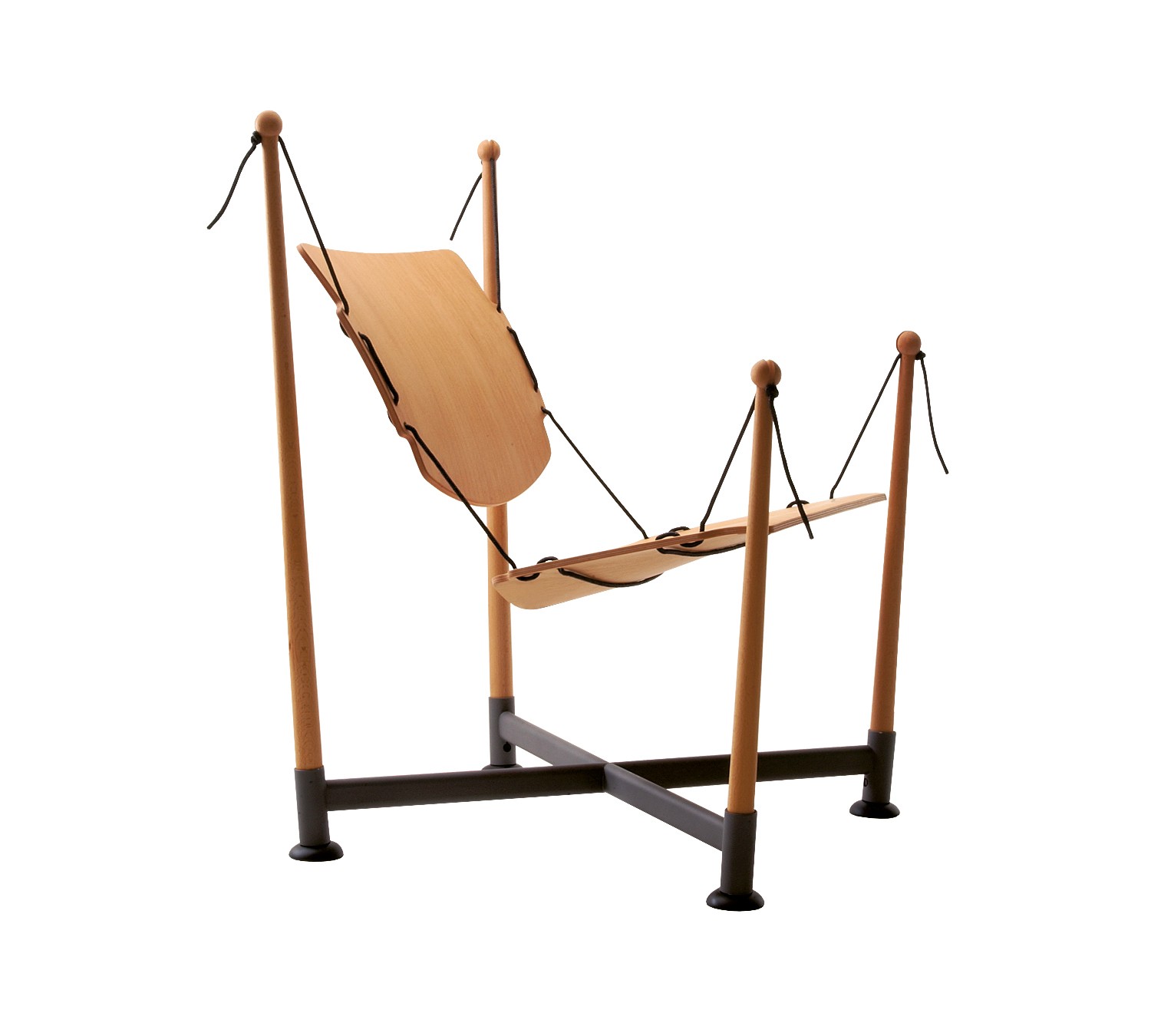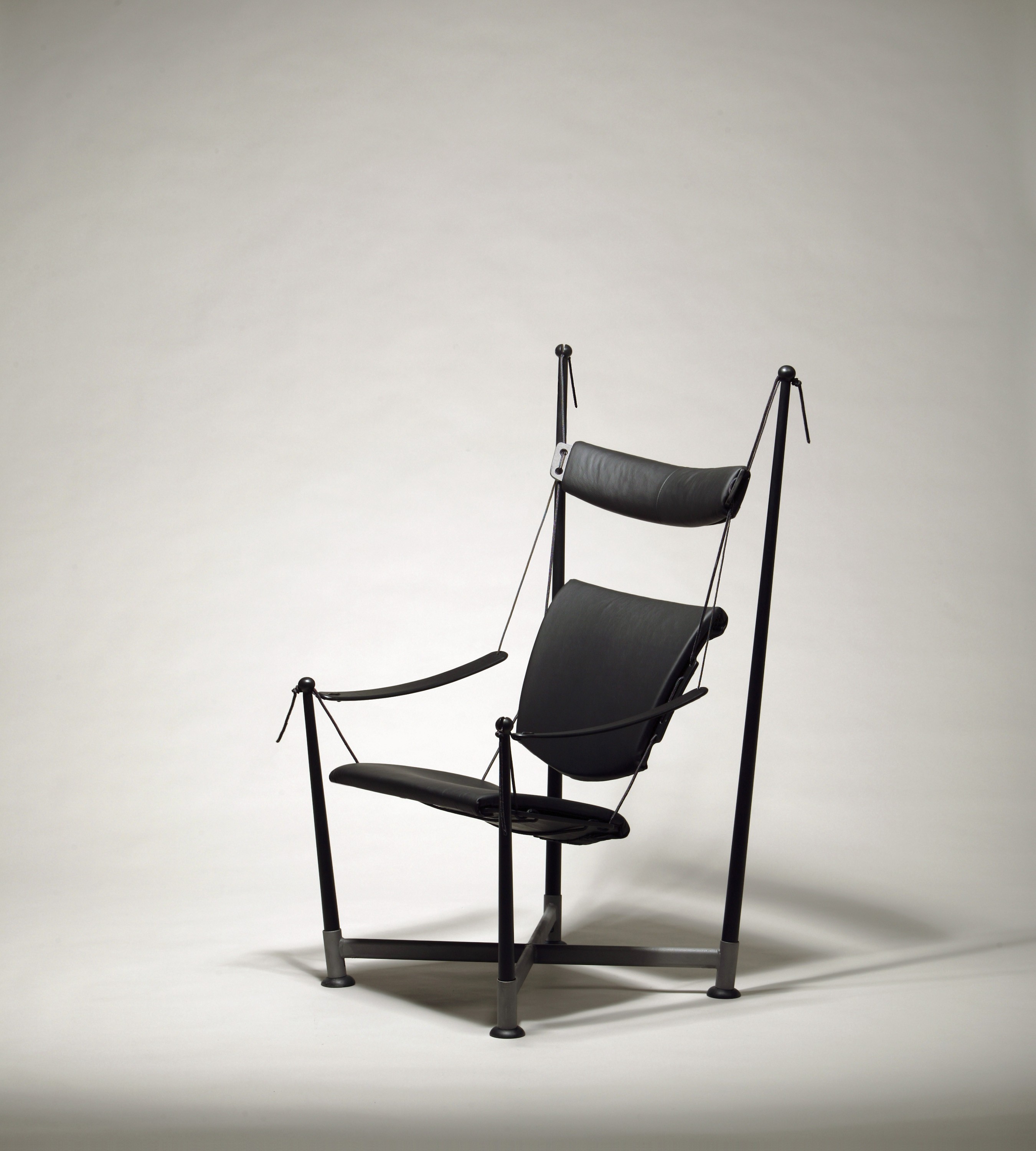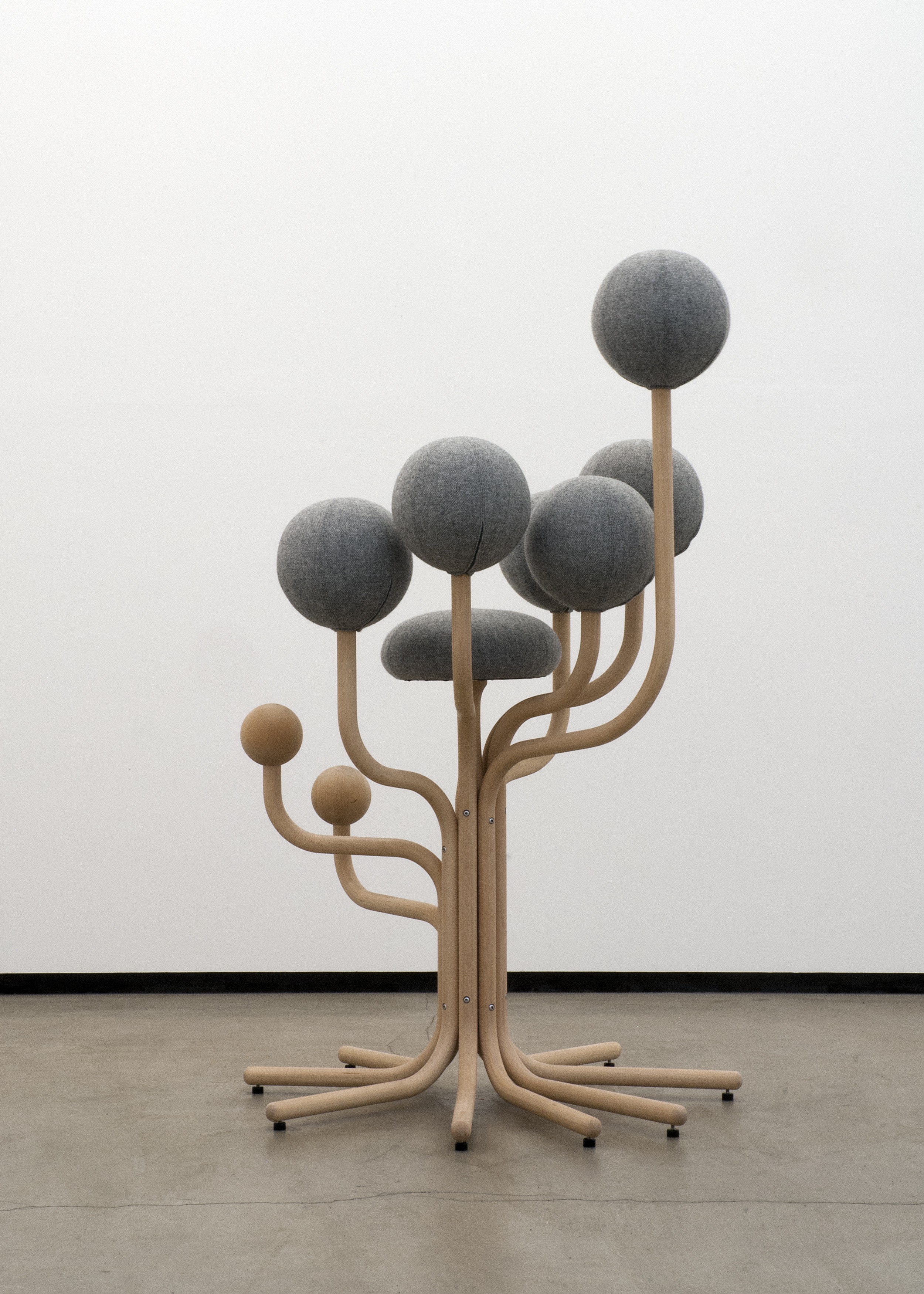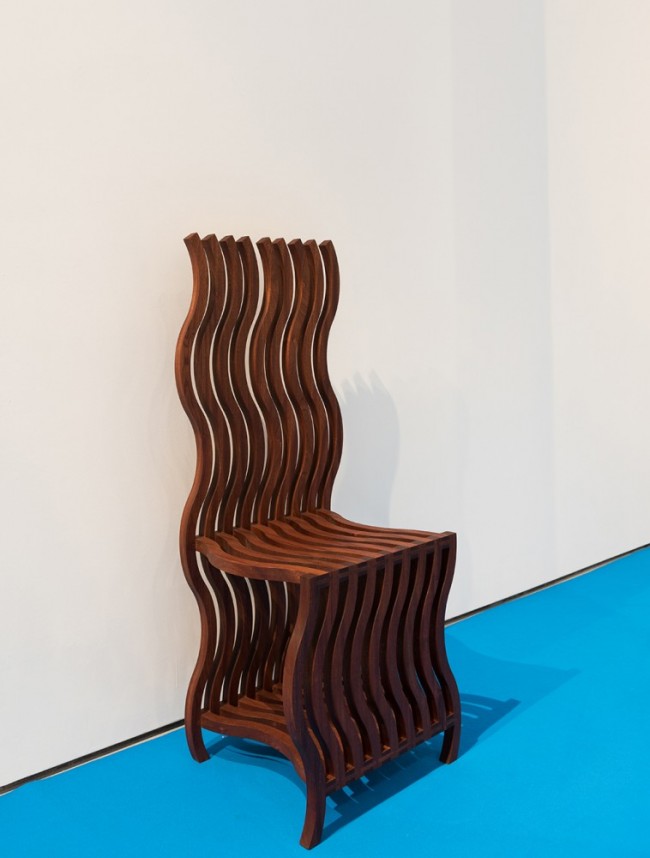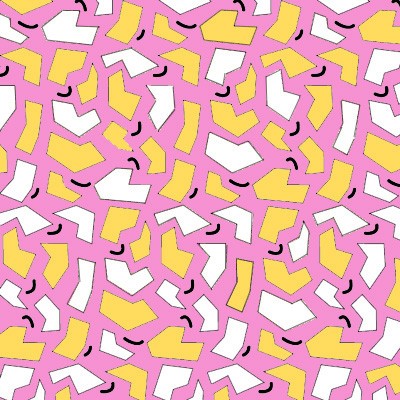SEVERAL SEATS: The Chairs of Peter Opsvik
Particularly since the triumph of information technology, we’ve transitioned from a physically active lifestyle to an increasingly sedentary one. It’s not even just that we sit a lot during the day, but that when we do, our bodies are almost entirely static, our fingers and eyes doing most of the work as we navigate the keyboard, mouse, and screen. But sitting wasn’t always such a standardized experience. Throughout history, sitting postures have been impacted by a wide range of cultural and geographical factors. For chair designer Peter Opsvik, the inventor of the bestselling Tripp Trapp baby chair (1972), sitting is not a single, clear-cut position but a spectrum of bodily postures between standing up and lying down. In Rethinking Sitting, his 2009 reference book, the Norwegian design legend outlines his philosophy and approach, emphasizing that “as designers, we must not focus one-sidedly on what these tools can do for us and forget to find out what they can do to us.” It is a distinction that is often ignored in conventional seating design. Opsvik instead looks back to earlier generations of “long-term sitters” for possible models that can inform his work. Early coachmen’s seats, for example, sloped forwards while footrests placed at several different levels in front of the driver provided additional support; choir stalls in churches provided for three different body postures (standing, sitting, and kneeling) thanks to their hinges and to a small ledge known as a misericord that allowed participants to take the weight off their feet during long services.
It is through such research that the 78-year-old Opsvik seeks ways to include more variation and movement in our sitting habits. Freedom of movement is as important as support, he argues, and our ability to oscillate between postures should be as effortless as possible — the chair as a second skin. Employing a range of solutions to liberate the conventions of sitting and push the scope of ergonomics, his designs include the famous Variable Balans (1979) — the original kneeling chair — and Gravity Balans (1983). Both seek to avoid the need for different chairs for resting and working, the latter thanks to a steel rocker, bent at different degrees, that allows seamless transition between four postures (from leaning forward to lying down) with only the slightest shifts of weight. This notion of equilibrium is both practically and metaphorically foundational for Opsvik — who also has something of a Pop side to his work, as is abundantly apparent in the jokey “gendered” limited editions Balans Femini and Balans Maskuli (1984). Suspension is another technique that Opsvik employs repeatedly for its ability to maintain the body in a state of near-constant motion: Reflex 1 (2002), for example, uses a cord-suspended seat so that sitters are in tune with the slightest twitch of their muscles. “I believe that we always have a rhythm beating inside of us, and that this rhythm should be able to express itself while we sit as well,” he explains. But perhaps his most radical dismantling of conventional sitting is Globe Garden. First designed in 1984 and reissued in 2014, it stems from the idea that our human ancestors lived in trees. Composed of a series of branch-like arms rising to different heights, which are capped off by spherical upholstered cushions, Globe Garden is intended to provide support for draped limbs in all sorts of positions — “a nest for one’s body.” Opsvik describes the Globe Garden as “more of a message than as a piece of furniture,” but one aimed to “demolish the stereotypical ideal of the proper sitting posture.”

